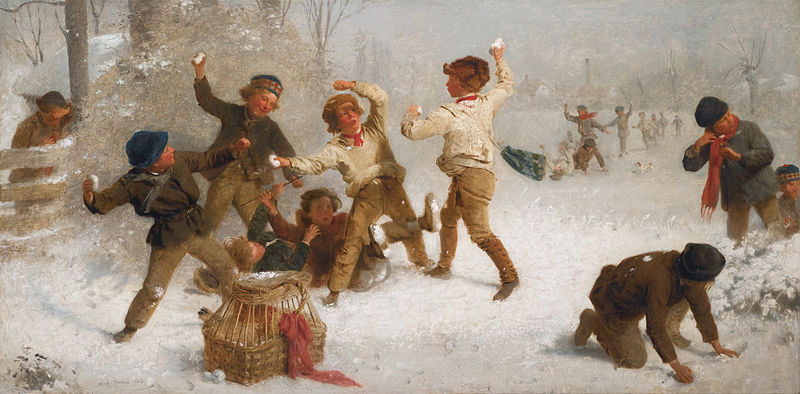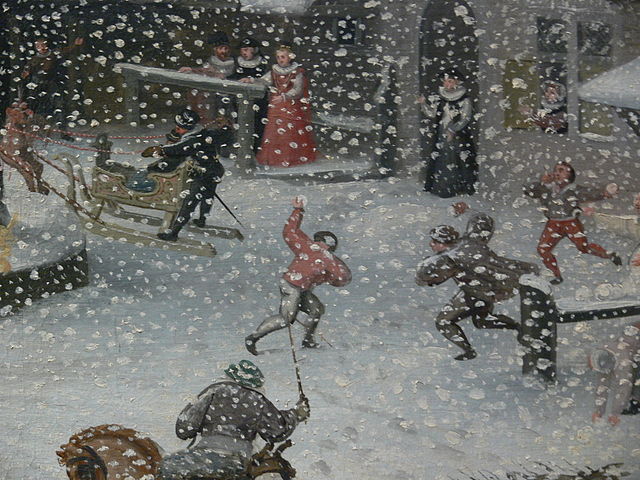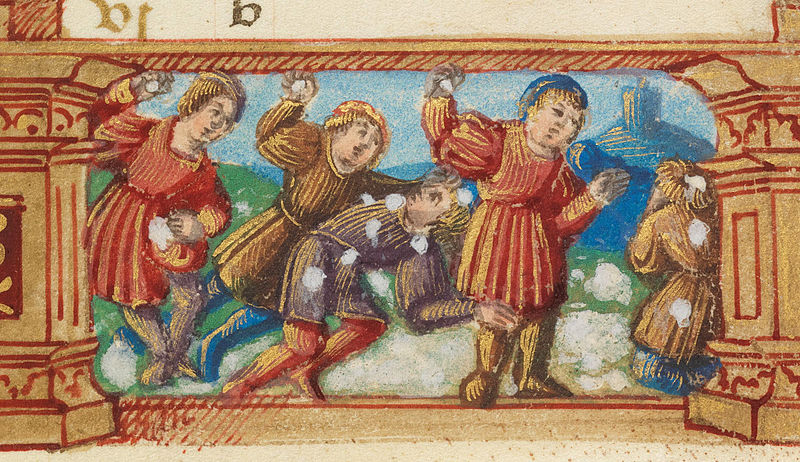
Thammasat University students who are interested in education, political science, sociology, economics, culture, law, cultural and social anthropology, public policy, and related subjects may find a newly available book useful.
The Politics of Children’s Rights and Representation is an Open Access book, available for free download at this link:
https://library.oapen.org/handle/20.500.12657/61843
The TU Library collection includes many other books about different aspects of children’s rights.
The question of who defends the rights of children and to what extent children are permitted to speak for themselves remains largely unresolved in society internationally.

The book notes:
The question of children’s representation is particularly timely in today’s world not only because of demographic shifts and the increase of the generation under 18 years of age but also because of the global challenges we face. Despite making up half of the world’s population, children and youth have in many respects been denied the capacity to represent their interests, particularly on matters of political import. However, it is clear that young people in many contexts have been understood as either competent contributors to politics with a legitimate claim to represent themselves, or in other cases, have been regarded as posing a considerable risk to society and stability. Indeed, you would have to think very hard to come up with a political question that does not involve young people as central objects or agents of change. Whether it be young people organizing against the exploitative extraction of resources in indigenous areas in India, Canada and the USA, shaping the struggle for democracy as part of the Arab Spring, unifying against climate change, and migrant policies in Global North countries, and against gun violence, racism and policing regimes in the USA, their increased participation in the political sphere has helped produce new, and emergent modes, of formal and informal representation within these global, national and local efforts. However, these questions about children’s representation, and in particular the politics involved, are not new. The debate on child labour, including how to depict or tell the story of working children as well as who is entitled to speak and act on their behalf, offers a telling example, from the late nineteenth century, of the close connection between portrayals, performances and politics of children’s representation. In 1899, the newsboys of New York went on strike because the Evening World and Evening Journal had decided to lower the pay and the terms for the newspapers that the newsboys sold. The press at that time reported on the wage struggles but also illuminated the independent culture of this class of child workers and their vocal and prolific leadership in demanding their rights and fair pay. The voices of the children were, in these press stories, represented by children themselves (New York Times, July 25, 1899; New- York Tribune, July 21, 1899). At this same time, around the turn of the century, imageries of the street urchins became an important tool for the child saviours calling attention to the deplorable and degrading living conditions of street children and child labourers. Photos by Jacob Riis and later by Lewis Hines influenced legislation and reforms as well as nurtured the ambitions of generations of child saviours, professionals, philanthropists, non-governmental organisations and government agencies that spoke out and represented the interests of children in what Ellen Key described and hoped to be a century of the child. Whereas the newspapers depicted agentive young street vendors who could very well speak on behalf of themselves, iconic photographs of passive victims of child labour later offered visual justifications for well-meaning adult outsiders to act on behalf of children. Some hundred years later, at the end of the twentieth century, images of children as active citizens went hand in hand with the promotion of children’s participation rights including in political matters. In 1996, in line with these changing childhood images, a group of Danish children aged 10–12 protested in front of a government commission against the implementation of an EU directive for newspaper delivery work that would outlaw child labour between 10–13 years of age. About 3200 children would lose their work.

The delegates of the commission expressed their sympathy for the cause and agency of the children that wanted to work. However, different political arguments were deployed to limit children’s representation as they declared that the Danish government was bound by a broader agreement with the EU that restricted their ability to meet the demands of the newspaper boys. The Danish parliament had no authority over the matter, they claimed, and could not politically represent the voices of these children given their international obligations. A well-known example from the Global South of contestations over the way how children should be represented is the leadership of young school children in protest marches against the South-African Apartheid regime during the 1976 Soweto uprising. In this case, the South-African government at that time did not consider that the protesters had a legitimate political right to voice an opinion which questioned the regime’s racist foundations. The protest was violently suppressed, and the participants were described as undisciplined troublemakers rather than as political activists. This view on the young activists radically changed once the Apartheid regime had ended and 16 June was declared a public holiday to commemorate the actions undertaken by the ‘young heroes’ during the 1976 Soweto uprising. Since 1991, on the initiative of the Organisation of African Unity (OAU), 16 June was proclaimed the Day of the African Child. Even though it commemorates the political courage of the school children who participated in the demonstrations held in 1976, it has been turned into a continent-wide advocacy event for the promotion of children’s rights to education, rather than to recognise children’s political representation. Children’s representation has, hence, developed into a site of contestation and power over who represents whom, what, when and where. The opposing viewpoints about representation that we have discussed above provide a point of departure to explore the linkage between children, representation, and politics, which is the focus of this book. The controversies around the representation of children actualise the political character of different means of representing children by different agents and institutions across multiple contexts and during various moments in time. Given the intimate entanglement between portrayals, performances, and politics in representing children, how do contemporary representations of children and childhood differ from, and build on, the past? What underlies the current political representational efforts of young people and what are their effects? In this book, we offer an interdisciplinary analysis of the complexities, and affordances, that have marked, and continue to affect, children, childhood and representation as ‘portrayals’, ‘performances’ and ‘politics’. It builds on the widespread recognition that traditional forms of democratic representation having excluded the participation of children, as well as acknowledges how depiction of children as right bearers and right subjects has influenced the political discourse about children. However, while new forms of representing children and their rights have certainly shaped new political avenues through which young people have been represented, these have also been deployed to control and govern the younger generation. This tense interplay between young people who assert their political subjectivity, but who are simultaneously entangled in processes that seek to craft them into governable citizens reveals children’s political representation less as a panacea and more as a fraught exercise. The book attempts to raise fundamental questions around earlier discursive constructions of young people’s agentic actions by exploring children and childhood through the concept of representation. This book claims that the lens of representation can bring new facets into our thinking that differ from the concept of children’s rights and participation that have been dominant in childhood studies and other fields.

(All images courtesy of Wikimedia Commons)
